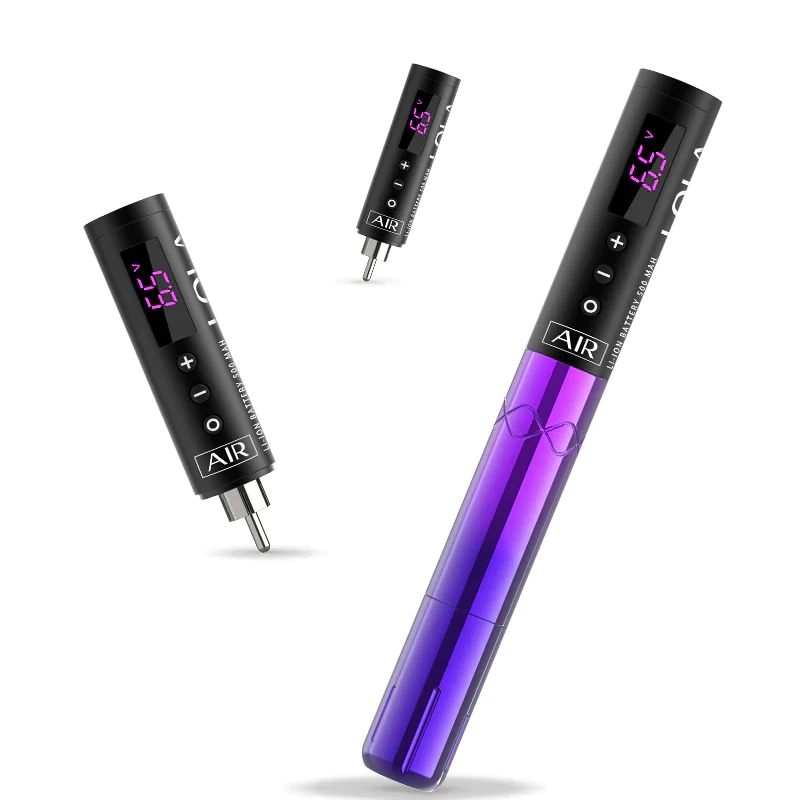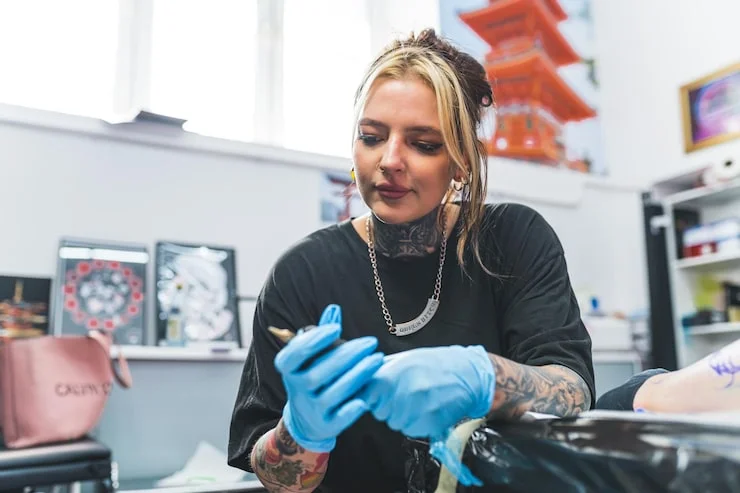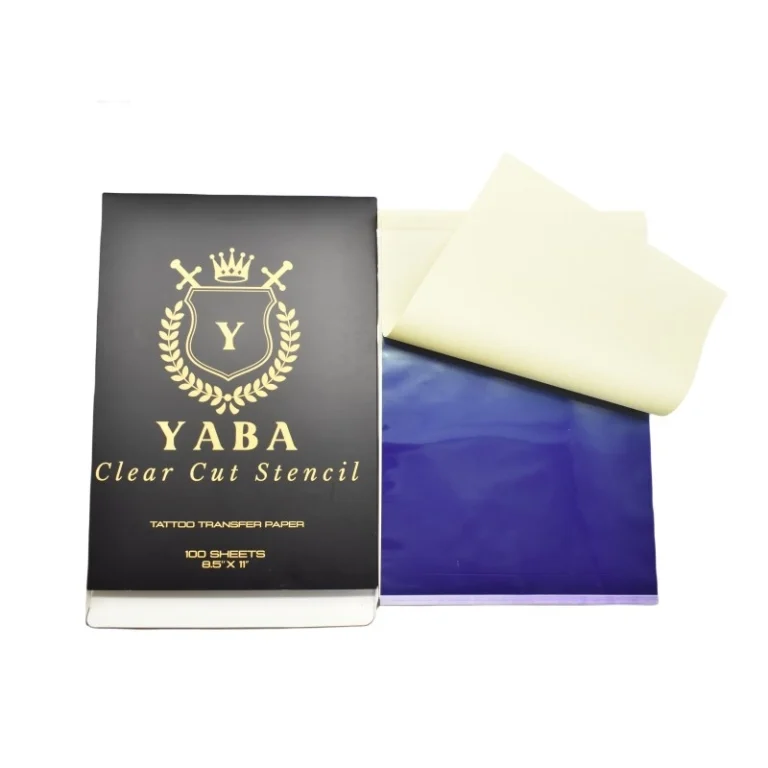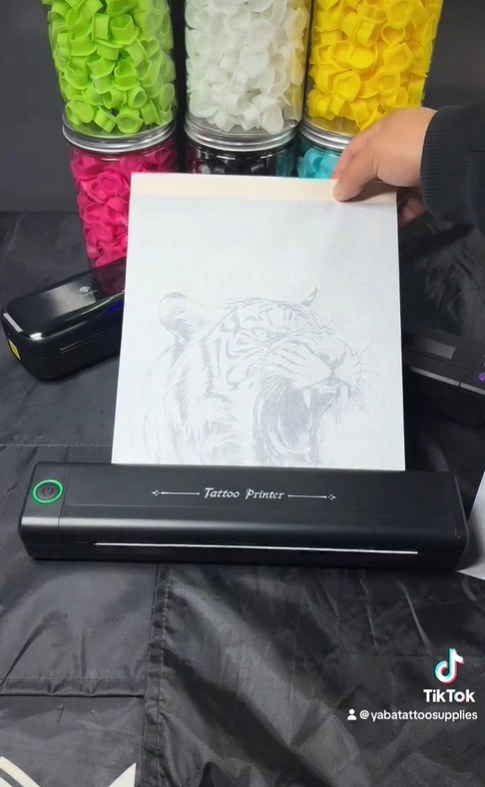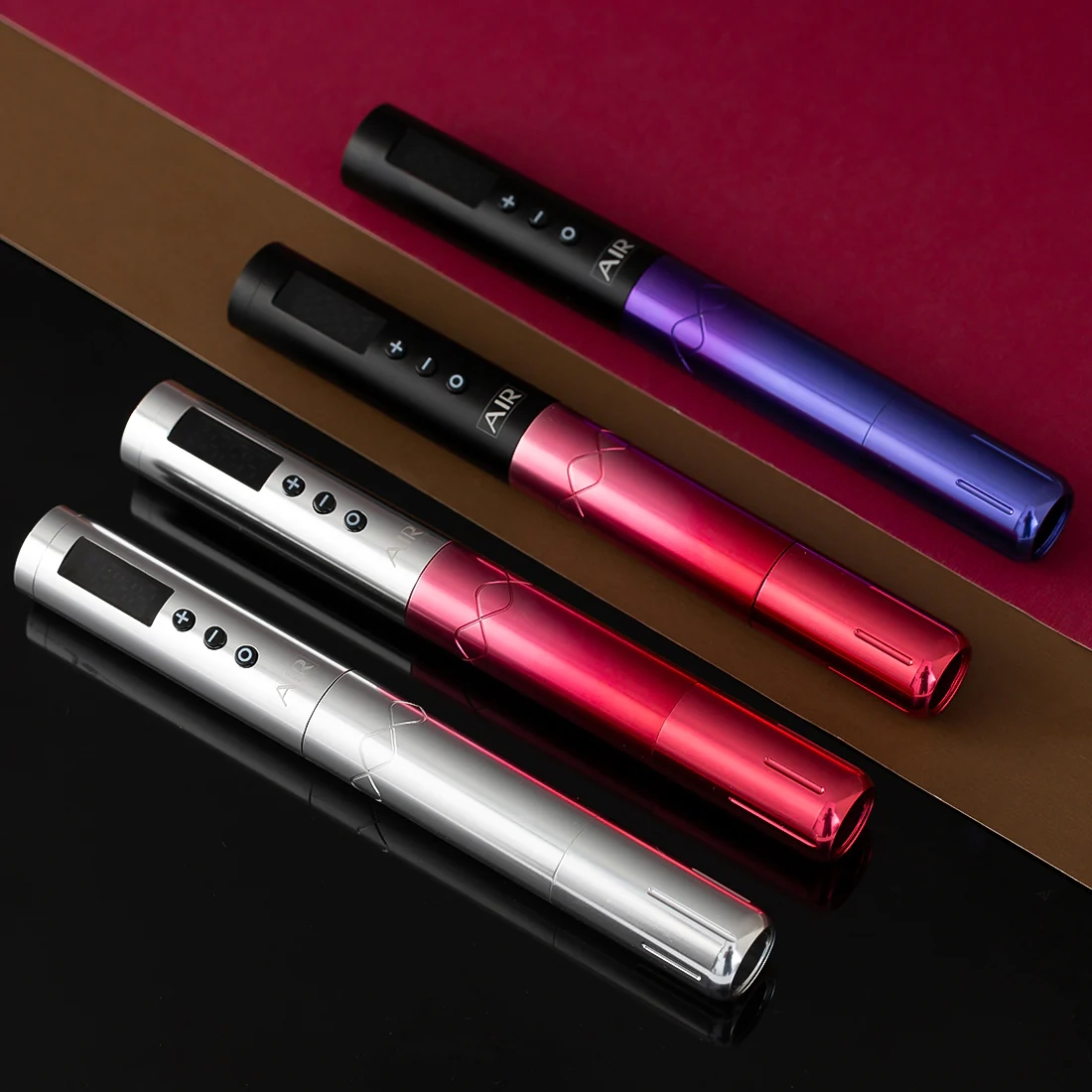
In the field of Permanent Makeup (PMU), picking the correct machine options is vital for getting exact, steady, and secure outcomes. While stroke length often receives much attention, experts understand that grasping how frequency, voltage, and torque interact can greatly enhance pigment placement and customer happiness. This piece examines each of these factors in detail. It also describes why skilled PMU workers go past stroke length when selecting or setting up their devices.
What Role Does Frequency Play in PMU Pigment Implantation?
Frequency stands out as one of the most essential options in PMU machines. It straight affects how pigment gets placed into the skin.
Definition of Frequency in PMU Machines
Frequency means how many times each second the needle goes up and down. People measure it in Hertz (Hz). In PMU, this sets how quick the needle pokes the skin during a session.
How Frequency Affects Skin Penetration and Pigment Saturation
A greater frequency leads to more pokes per second. This can result in quicker sessions and improved pigment fullness on some skin kinds. But very high frequencies might cause harm or pigment spills on tender or slim skin. On the other hand, smaller frequencies give more command. They suit fine tasks or soft spots like lips or eyelids.
Choosing the Right Frequency for Different Skin Types and Procedures
Various sessions need different frequencies. Brows usually gain from average frequencies for sharp marks. Lip blush might require a bit higher rates for even color mixing. Workers must think about skin depth too. Thicker skin can handle higher frequencies. Thinner skin needs milder options. Yaba machines offer changeable frequency options. These let workers adjust work based on each customer’s wants. This ability helps lessen harm. At the same time, it boosts pigment keeping in many uses.
How Does Voltage Influence PMU Performance?
Voltage has a key part in managing needle pace and total machine reaction.
The Relationship Between Voltage and Needle Speed
Voltage straight impacts motor strength. Higher voltage boosts needle pace. It allows for faster actions and deeper entry. Lower voltage reduces the machine’s speed. This provides more accuracy. Yet it demands a firmer grip.
Adjusting Voltage for Consistency and Precision
Changing voltage lets workers keep steady output no matter the cartridge kind or pushback from various skin feels. For instance, blending methods might need lower voltage for gentle slopes. Hair-stroke brows could gain from a little higher power. This ensures neat lines.
Safety Considerations When Modifying Voltage Settings
Wrong voltage options can harm safety. Too high can hurt skin. Too low might lead to weak pigment placement. Workers must even out power with command. This avoids marks or uneven outcomes. Yaba machines come with firm voltage control systems. These promise smooth running even with changing pressures. This turns them into dependable tools for both new and experienced pros who seek steady results.
Why Is Torque Critical for Consistent Pigment Deposit?
Torque gets ignored often. But it is main for keeping firmness during tattooing or PMU sessions.
Explaining Torque in the Context of PMU Devices
Torque means the turning force of the machine’s motor. It sets how well the tool keeps its pace under stress. High torque makes sure needle motion stays even. This happens even when facing pushback from harder skin parts.
The Impact of Torque on Needle Stability and Depth Control
Without enough torque, machines might stop or slow during use. This leads to uneven depth entry. Such unevenness can cause spotty coloring or extra harm. Workers might try to fix it by adding pressure by hand.
Balancing Torque with Other Machine Settings for Optimal Results
Torque needs evening out with frequency and voltage. High torque with high frequency might be too rough. Low torque with low voltage might lack power. A fine machine gives sufficient torque to manage all sessions. It does this without harming ease or safety. Yaba‘s expert-level motors provide high torque output. They optimize it just for PMU uses. This promises firm work across all ways—from dot blending to scalp micropigmentation.
How Do Frequency, Voltage, and Torque Work Together?
These three factors do not work alone. They affect each other in lively ways during every session.
Interdependence of Machine Parameters
For example, raising frequency without changing voltage might cut entry strength. This happens due to lacking motor help. In the same way, high torque lets you use lower voltages without losing firmness. This is perfect when handling tender spots like eyelids.
Fine-Tuning Settings Based on Procedure Type (Brows, Lips, Scalp)
Each session calls for a special mix. Brows need average frequency with medium torque. Lips require higher frequency but a lighter touch. Scalp micropigmentation gains from high torque with even voltage and frequency mixes. This gives thick cover without tiring the skin too much.
Common Mistakes When Calibrating Multiple Variables
Many starters focus only on stroke length. They do not grasp how shifts in one option impact others. One usual error is boosting frequency without adding enough torque. This causes uneven lines or missed marks. Yaba machines have easy controls. These make it simple to change many factors at once. This eases setup and cuts user mistakes during tough sessions.
What Should Artists Consider Beyond Stroke Length?
Focusing just on stroke length limits a worker’s skill to give tailored outcomes across different customers and treatments.
Limitations of Focusing Solely on Stroke Length
Stroke length matters for setting how far needles go into the skin. But it does not cover how fast they move, which is frequency. It also ignores how much force they apply, which is torque. Nor does it handle how well they run, which is voltage. Overlooking these elements often results in poor outcomes. This happens even with top cartridges or colors.
Integrating Machine Specs with Technique and Skin Assessment
Workers should check each customer’s skin state. This includes stretch, depth, and tenderness. Then they adjust machine details as needed. Method matters too. Building layers needs different options than one-go blending ways.
The Importance of Training and Experience in Parameter Adjustment
Knowing ideas is not sufficient. Real practice helps workers build gut feelings about what options work best in actual situations. Ongoing learning ensures skill as fresh tools come out with growing abilities. Yaba offers full product guides and learning aids made for pro users. These aim to boost their tool’s power.
Who Is Yaba and Why Are Their Machines Trusted by Professionals?
Introduction to Yaba as a Professional Tattoo Manufacturer and Exporter
Yaba is a reliable name among expert tattooists around the world. They make and send out tattoo gear designed just for permanent makeup uses.
Yaba’s Commitment to Quality Engineering and Innovation
Their promise is in providing exact-made devices with modern traits. These include changeable frequency spans, firm voltage outputs, comfy design parts, and strong motors with better torque work.
Popular Models Designed Specifically for PMU Applications
Yaba’s product range has models built on purpose for brows, lips, eyeliner tasks—and even scalp micropigmentation. This makes them flexible tools liked by leading pros worldwide.
Conclusion
Learning PMU goes much past picking a tool based only on stroke length. Grasping how frequency controls pace of placement helps a lot. Seeing how voltage manages steadiness under pressure is key too. And knowing how torque firms needle work lets workers give best outcomes in many treatments. With names like Yaba providing exact tools built around these ideas, pros feel sure. They know their gear backs both skill and safety at each move.
FAQs
Q1: What is the ideal frequency range for beginner artists?
A: Beginners often start within a mid-range frequency of 70–90 Hz as it offers balance between control and efficiency without overwhelming delicate skin types.
Q2: Can I use the same voltage setting for all procedures?
A: No. Each procedure requires different voltages depending on technique complexity and area sensitivity—for instance, lips may need higher voltage than brows due to thicker tissue density.
Q3: How do I know if my machine has enough torque?
A: If your machine maintains consistent needle movement even under resistance (e.g., thick scalp), it likely has sufficient torque. Machines that slow down or stall indicate inadequate motor strength.

